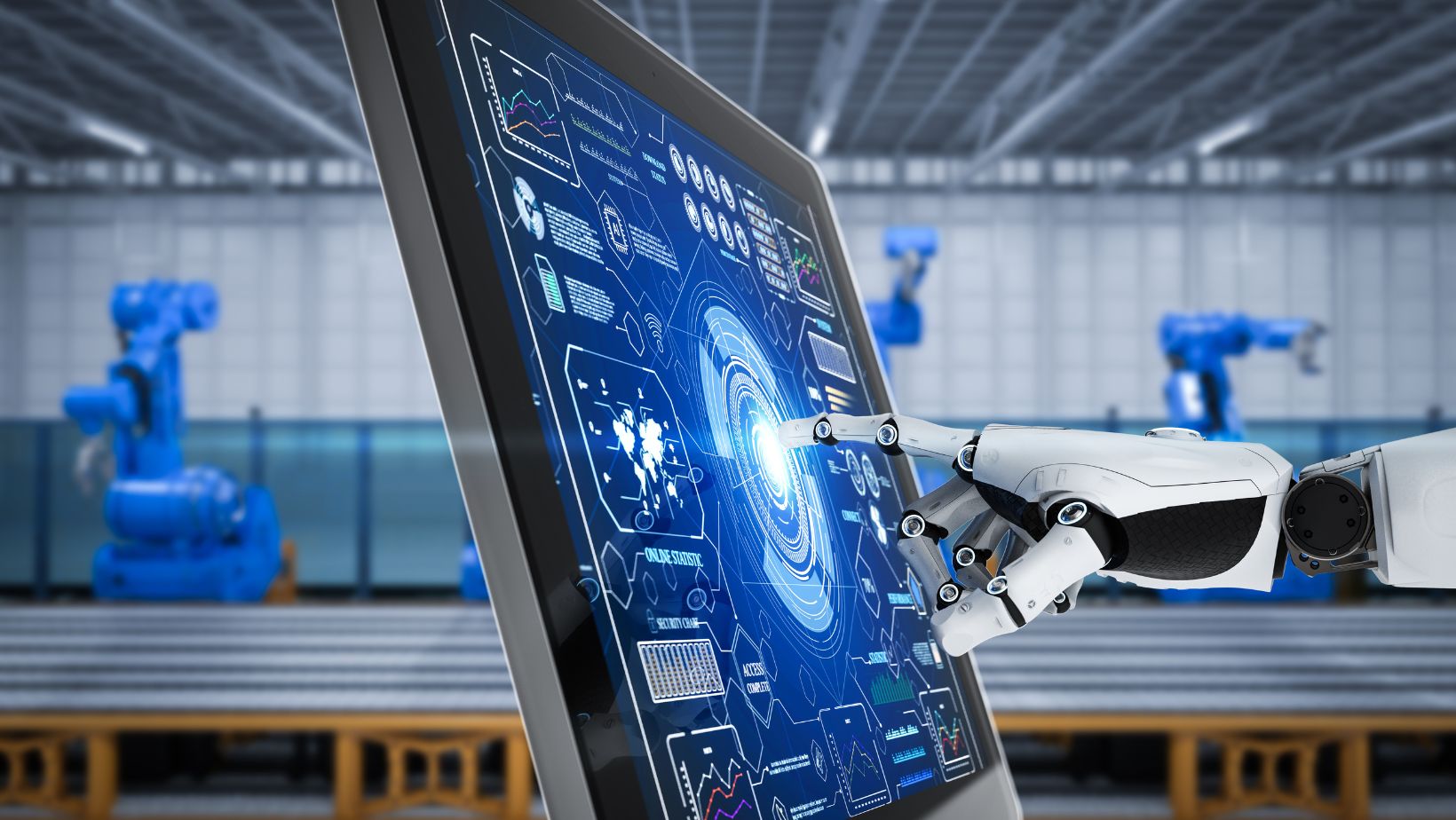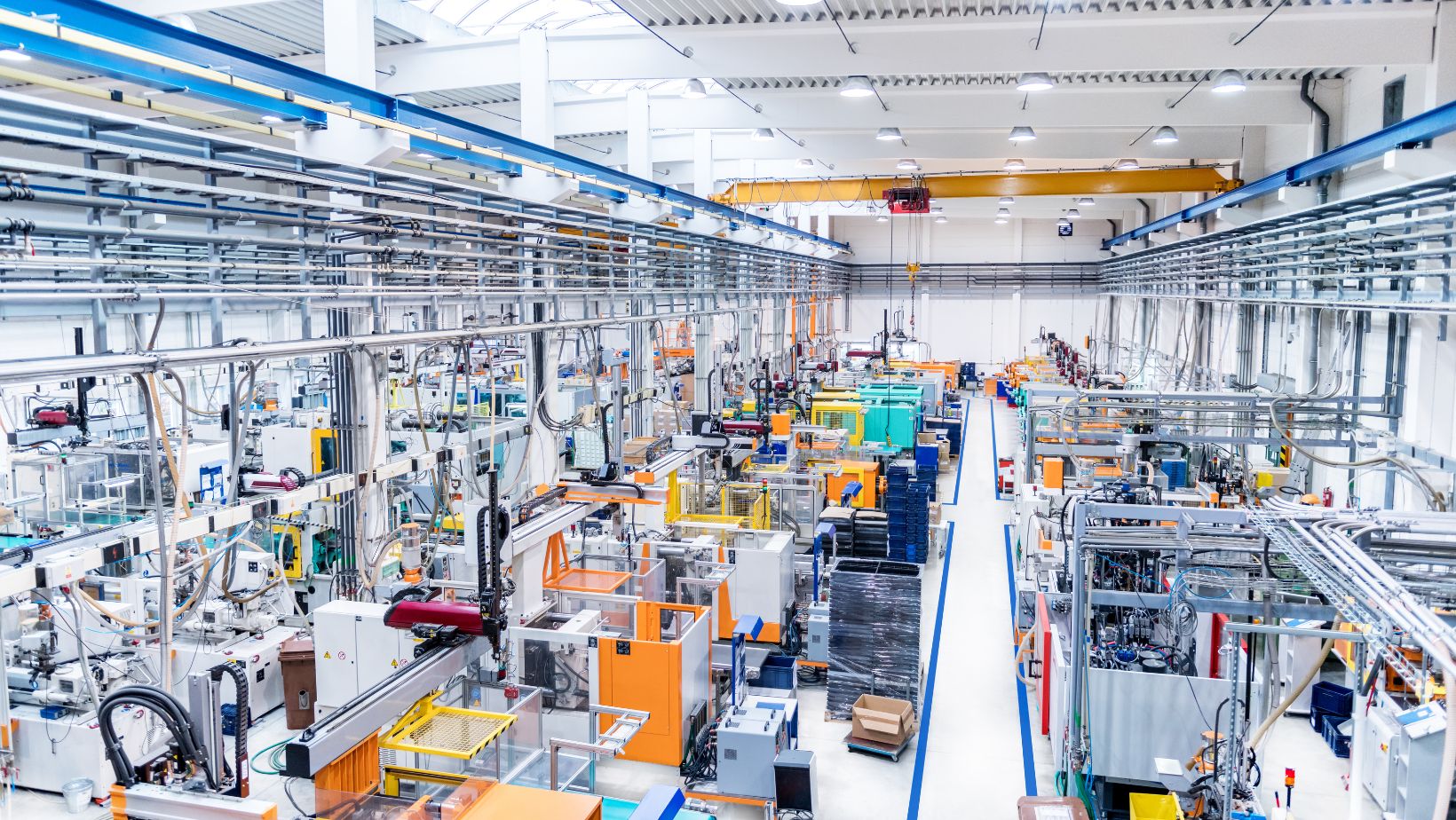
The era of the smart factory is upon us, and it’s transforming the manufacturing landscape. Businesses are achieving unprecedented efficiency and accuracy by integrating advanced quality inspection software powered by AI. Let’s explore the growing trend of smart factories, the role of AI in visual inspection, and the myriad benefits of this technology for manufacturers.
Understanding Smart Factories
Smart factories leverage cutting-edge technology to create highly efficient, automated environments. Unlike traditional factories, smart factories utilize Internet of Things (IoT) devices, machine learning, and other advanced technologies to streamline operations.
What Sets Smart Factories Apart?
Smart factories differentiate themselves through their use of interconnected systems. These factories can communicate in real-time, allowing rapid adjustments and optimizations. This level of connectivity ensures that every part of the manufacturing process is as efficient as possible.
The Role of IoT in Smart Factories
IoT devices collect and share data across the factory floor, providing valuable insights into operational performance. By constantly monitoring equipment and processes, IoT helps identify potential issues before they become major problems, thus reducing downtime.
Machine Learning and Predictive Maintenance
Machine learning algorithms analyze data to predict when equipment is likely to fail. This predictive maintenance approach minimizes unexpected breakdowns, ensuring machinery operates smoothly and efficiently.
Integrating AI in Visual Inspection
AI-powered visual inspection is a game-changer for smart factories. By using advanced algorithms and image recognition technology, AI can identify defects and inconsistencies with incredible precision.
How AI Enhances Visual Inspection
Traditional visual inspection methods rely heavily on human operators, which can be prone to errors. AI-powered visual inspection removes this variability, offering consistent and accurate results. This technology can detect even the smallest defects the human eye might miss.
Real-Time Monitoring and Analysis
AI systems can monitor production lines in real-time, providing instant feedback on quality issues. This immediate analysis allows for swift corrective actions, preventing defective products from reaching customers.
Reducing Waste and Improving Efficiency
By accurately identifying defects early in production, AI-powered visual inspection reduces waste and enhances overall efficiency.

This not only saves costs but also ensures higher-quality final products.
Implementing AI-Powered Solutions
Adopting AI-powered visual inspection requires careful planning and consideration. Here are some key steps to ensure successful implementation.
Assessing Current Capabilities
Before implementing AI-powered solutions, manufacturers must assess their current capabilities and identify areas where AI can have the most impact. This evaluation helps in tailoring the technology to meet specific needs.
Training and Integration
Training staff to work with AI-powered systems is crucial. Operators need to understand how to interpret data and make the most of the insights provided by the software. Proper integration ensures that AI systems complement existing workflows seamlessly.
Continuous Improvement
AI technology is constantly evolving. Manufacturers should stay updated with the latest advancements and continuously seek ways to improve their AI systems. Regular updates and enhancements ensure that the technology remains effective and relevant.
Future of Smart Factories
The future of smart factories looks promising, with AI-powered visual inspection playing a pivotal role.
Advancements in AI Technology
AI technology continues to advance, offering more sophisticated and accurate solutions. These advancements will further enhance the capabilities of quality inspection software, making it an indispensable tool for manufacturers.
Increased Adoption Across Industries
As the benefits of AI-powered visual inspection become more apparent, we can expect increased adoption across various industries. Manufacturers will leverage this technology from automotive to electronics to stay competitive and meet growing consumer demands.
Building Sustainable Manufacturing Practices
Smart factories with AI-powered solutions also contribute to sustainability efforts. These factories promote environmentally friendly manufacturing practices by reducing waste and optimizing resource usage.
Final Thoughts
The rise of smart factories, driven by AI-powered visual inspection, is revolutionizing the manufacturing industry.

By integrating advanced quality inspection software, manufacturers can achieve unparalleled efficiency, accuracy, and product quality. Manufacturers should embrace this trend to stay ahead in the competitive landscape, ensuring a brighter and more innovative future for the industry.















